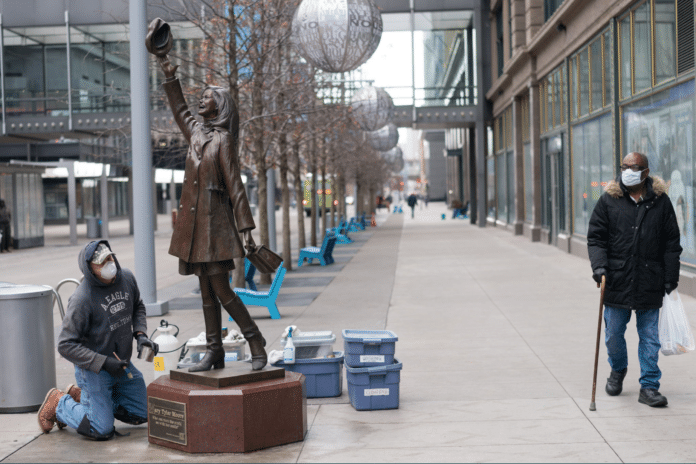
A new study conducted by researchers at Johns Hopkins University found hardly any evidence that lockdowns were successful in lowering COVID death rates.
Instead, the only conspicuous impact of lockdowns they found were their “devastating effects” on commerce, employment, education, emotional and mental health, and political stability.
“We find no evidence that lockdowns, school closures, border closures, and limiting gatherings have had a noticeable effect on COVID-19 mortality,” the researchers concluded.
The new study was actually an analysis of several previously conducted studies, hence the title “A Literature Review and Meta-Analysis of the Effects of Lockdowns on COVID-19 Mortality.”
“The average lockdown in Europe and the United States only reduced COVID-19 mortality by 0.2% compared to a COVID-19 policy based solely on recommendations,” the researchers added.
Although there appeared to be “some evidence” of business closures reducing the COVID death rate, they said the “variation in estimates is large and the effect seems related to closing bars.”
The study also found shelter-in-place orders to be “ineffective” after only reducing COVID mortality by 2.9%.
What likely explains the negligible difference in mortality between official lockdowns and mere recommendations, according to the researchers, is the fact that major pandemics cause people to change behaviors on their own.
“People respond to dangers outside their door. When a pandemic rages, people believe in social distancing regardless of what the government mandates,” they said. “So, we believe that [Douglas Allen of Simon Fraser University] is right, when he concludes, ‘The ineffectiveness [of lockdowns] stemmed from individual changes in behavior: either non-compliance or behavior that mimicked lockdowns.'”
After the true impact of COVID became apparent with greater testing capacity and finer data, the predictive models used to justify lockdowns were shown to be absurdly wrong.
To name one of many examples, the University of Minnesota predicted in March 2020 that over 25,000 Minnesotans could end up in the hospital from COVID without government intervention. But the actual number of hospitalizations peaked at around 2,500 in late November 2020 — just one-tenth of the prediction.
















